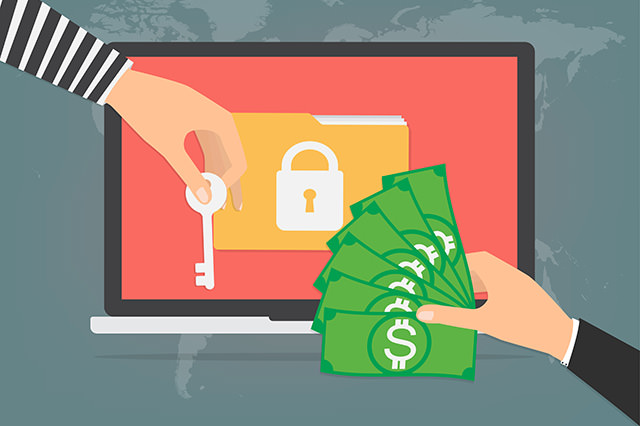How to Keep Your Software Protected from Ransomware

Ransomware has affected approximately 200,000 organizations in over 150 countries and the list of victims is still growing. Here are a few tips and tricks to help you protect your IT environment.
What is Ransomware?
Ransomware is a combination of the words “ransom” and “software”. Once infected, ransomware prevents users from accessing their documents and files on a computer. The ransomware hijacker usually demands payment to return access to the victim.
How does it spread?
It spreads through hidden word documents, PDFs and other files normally sent via email. It can also spread through a secondary infection on computers already affected by viruses that offer a backdoor for further attacks.

What can I do to protect my machine?
Backup, backup and more backup!
Cloud backup solutions are easy to set up. They will allow you to protect your data and restore your system to an earlier clean state.
● Keep your operating system updated
● Open Windows Update by clicking the Start button in the lower left corner. In the search box, type Update, and then, in the list of results, click Windows Update.
● Click Check for updates, and then wait while Windows looks for the latest updates for your computer.
● If you see a message telling you that important updates are available, or telling you to review important updates, click the message to view and select the important updates to install.
● From the list, click the important updates for more information. Select the check boxes for any updates that you want to install, and then click OK.
● Click Install updates.
Internet Security and updated Antivirus Software
Make sure you have security software installed and ensure it is up to date. Remember with the thousands of new malware variants running every day, having a set of old virus definitions is almost as bad as having no protection at all. But there are a few simple things you could also do:
● Do not click on email attachments from unfamiliar or suspicious sources.
● Do not click and install any software from untrusted or questionable websites.
● Delete the email if you are unsure about the sender or content.
How can I protect my business?
In addition to the points mentioned above, make sure to:
● Install a more robust enterprise internet security and antivirus software for your all workstations.
● Turn on Firewall application inspections as well as web filtering engines to prevent the malware from being downloaded.
● Isolate communication to ports 137 / 138 UDP and ports 139 / 445 TCP in the networks of the organizations.
● Disable via GPO the execution of files with extension WNCRY.
If you require Geeks’ assistance, please click here or call us directly at 8007475.
